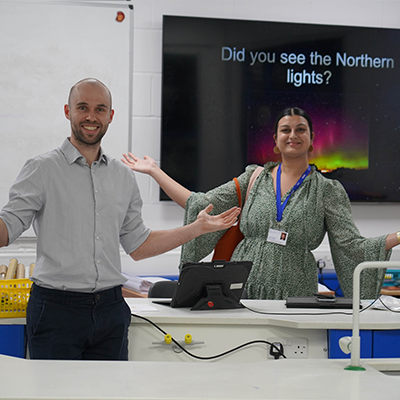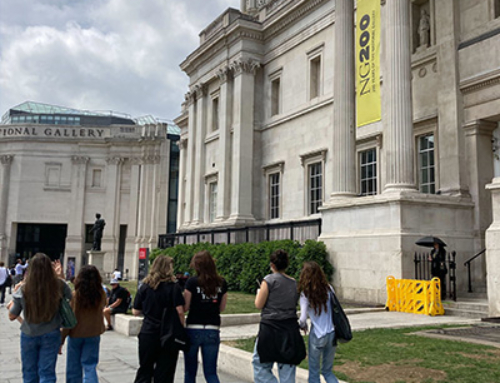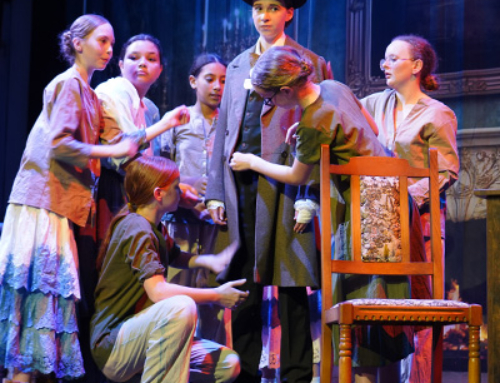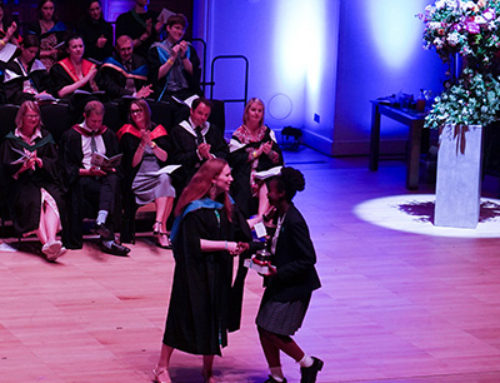This week at Lunch n’ Learn, our Physics teachers, Miss Ballie-Whyte and Mr Clements, discussed the Northern Lights. They answered questions like ‘Why do they happen?’, ‘When will we see them next?’ and ‘What do they prove?’.
The Aurora Borealis happens due to a stream of charged particles from the sun’s corona. This ‘solar wind’ travels at 400km/s and is deflected by the Earth’s magnetic field. However, some particles follow the magnetic field and are accelerated, colliding with gases in the Earth’s atmosphere and making the particles ‘excited’. As the excited gas molecules return to their normal state, they release energy as visible light. Depending on the gas the particles collided with (eg. oxygen or nitrogen), the light can be seen as green, pink or even red. Unfortunately, this event is not very predictable, and the lights cannot be seen in an area with a lot of light pollution or in the daylight. Surprisingly, the Northern Lights can affect our GPS systems, power grids and satellites, as it is an ‘energy storm’. Additionally, other planets in our solar system – such as Jupiter, Uranus and Mars – also have this phenomenon.
Our Lunch n’ Learners learned a lot this week and asked many questions.
Gaby da Silveira Pinheiro, STEAM Prefect and Lower Sixth Student














